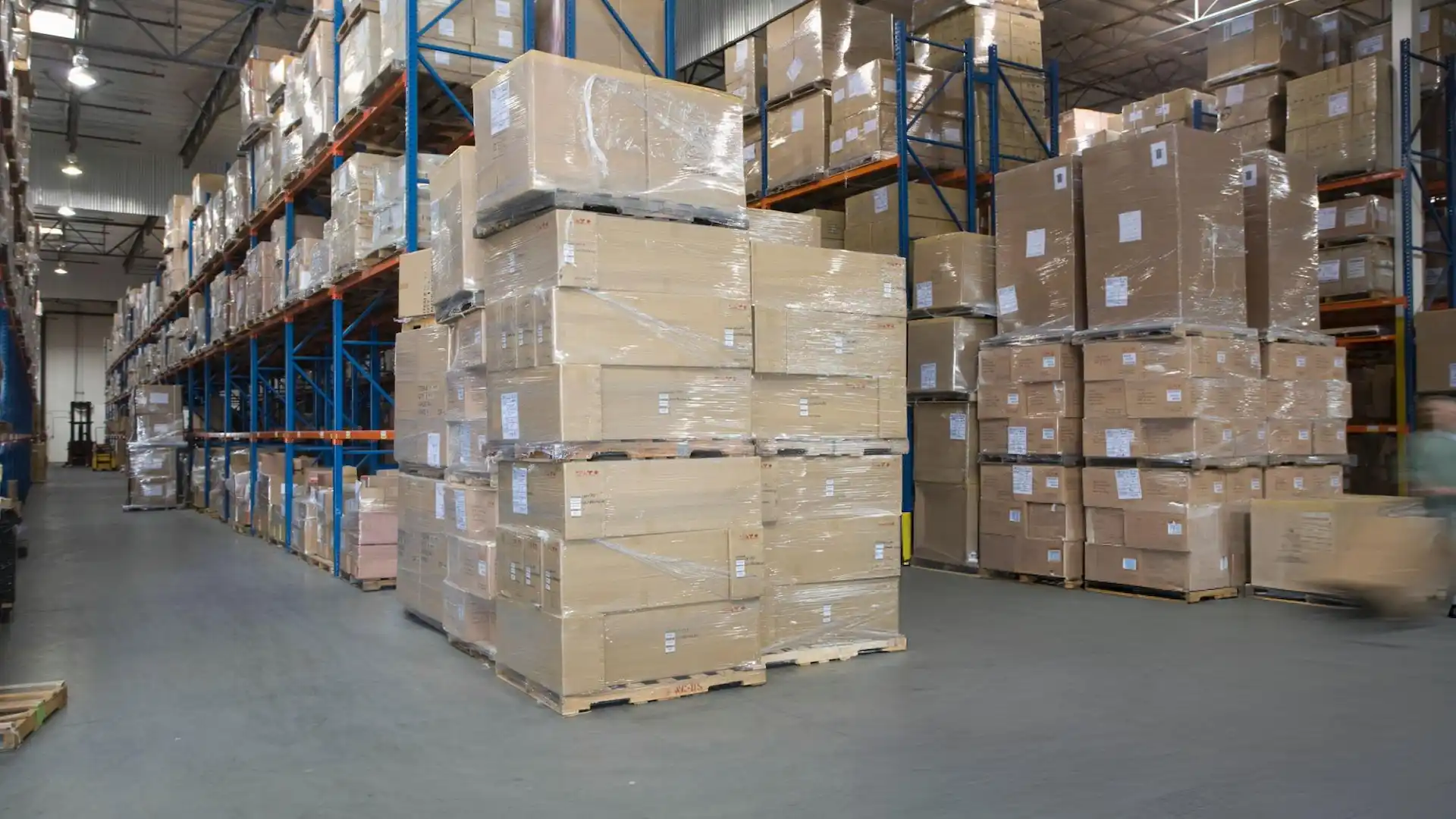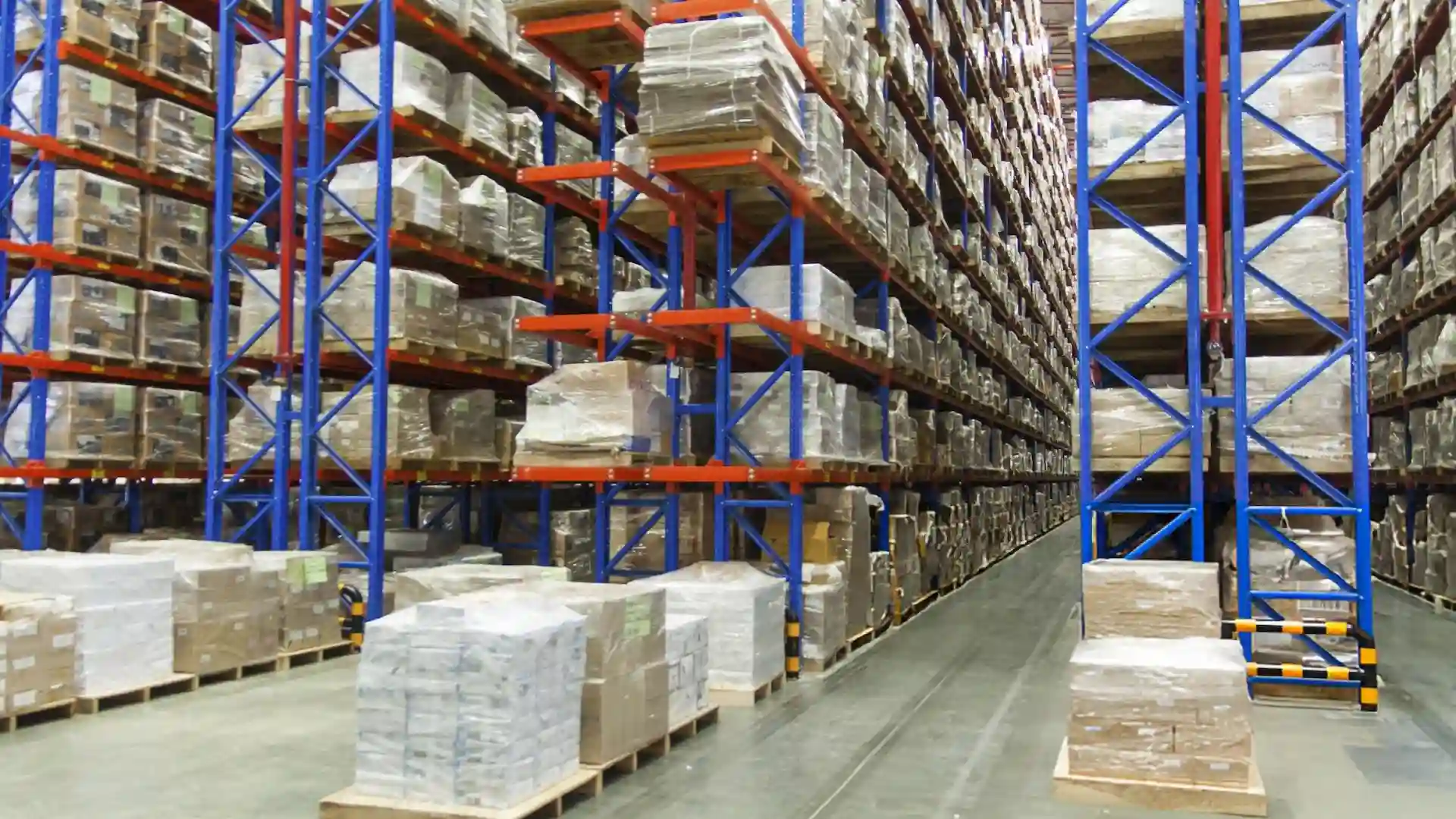Centralized Inventory Management: Why It Matters for Growing Brands

Growing brands reach a tipping point where decentralized systems begin to break down. Orders slip through the cracks, inventory runs low at the worst time, and customer satisfaction starts to decline. At that stage, brands often look to restructure how they manage stock, fulfillment, and shipping. The most efficient solution is centralized inventory management.
Brands expanding their ecommerce presence, scaling operations, or moving into omnichannel retail need to manage complexity across channels and warehouses. Centralized inventory management offers a single source of truth for inventory levels, product locations, and order status. When paired with the right 3PL partner and order fulfillment software, it becomes a competitive advantage.
What Is Centralized Inventory Management?
Centralized inventory management is the process of controlling all inventory data, product flow, and stock monitoring from one central system. Rather than tracking inventory across separate spreadsheets, disconnected systems, or individual warehouse platforms, brands manage everything through a unified platform.
This system provides a clear picture of:
- Inventory quantities across all sales channels
- Stock location by warehouse or fulfillment center
- Product availability in real time
- Order status from placement to final delivery
This unified approach eliminates guesswork and allows brand leaders to make strategic decisions based on real data.
Why Centralized Inventory Management Matters for Scaling Brands
As brands grow, so do their inventory requirements. Expansion into new markets, increased product lines, and higher order volumes introduce operational complexity. Without centralized control, fulfillment becomes fragmented, and inefficiencies creep in.
Here’s why centralized inventory management becomes a priority:
1. Accurate Order Fulfillment Across Channels
For ecommerce brands selling through Shopify, Amazon, and retail partners, inventory needs to sync across all platforms. A centralized system prevents overselling and stockouts.
- Customers get real-time updates on product availability
- Fulfillment centers ship from the best location based on inventory and proximity
- Automated order routing reduces manual work and errors
2. Faster Ecommerce Shipping with 3PL Fulfillment
With centralized control, shipping decisions are made based on proximity, carrier performance, and cost. When integrated with a 3PL like Atomix Logistics, brands can offer faster ecommerce shipping and meet customer expectations more reliably.
Atomix provides access to a strategically located warehouse for ecommerce brands, allowing for faster delivery times across the country. Brands benefit from:
- Nationwide 2-day shipping capabilities
- Smart inventory distribution across locations
- Integrated order fulfillment software that syncs with storefronts
3. Real-Time Inventory Visibility
One of the biggest risks in ecommerce fulfillment is a lack of visibility. Centralized inventory management gives operations leaders complete transparency into what's in stock, what’s in transit, and what needs restocking.
This allows for:
- Better demand forecasting
- Prevention of overstock and deadstock
- Improved cash flow management
Brands no longer have to wait for manual reports or reconcile spreadsheets to make purchasing decisions.
4. Alignment Between Production and Inventory Management
Managing production and inventory together is critical for brands that manufacture their own products or rely on suppliers with long lead times. Centralized systems allow supply and demand to stay aligned.
- Demand forecasting becomes more accurate with integrated sales data
- Production planning tools trigger restock alerts based on real-time stock levels
- Brands avoid overproduction and reduce holding costs
This is where automation makes a real impact. Atomix Logistics helps brands implement intelligent inventory systems that connect with ERP platforms or production software to close the loop between manufacturing and fulfillment.
5. Improved Decision-Making with Data Analytics
Brands leveraging centralized inventory management benefit from real-time data that supports better business decisions. With the right software and 3PL integration, teams can track key performance indicators like:
- Sell-through rate by SKU
- Inventory turnover ratio
- Days of stock on hand
- Cost per order
These insights help brands fine-tune their inventory optimization strategy and plan seasonal demand shifts more accurately.
Choosing the Right 3PL for Centralized Inventory Success
Not all fulfillment partners offer the same level of technology or transparency. For centralized inventory management to work, brands need a logistics partner that integrates deeply with their systems and sales channels.
Why Atomix Logistics Stands Out
Atomix Logistics delivers end-to-end 3PL fulfillment that supports scaling ecommerce brands. Their platform offers:
- Seamless integrations with Shopify, WooCommerce, Amazon, and other platforms
- Centralized inventory tracking across multiple warehouses
- Custom order routing logic based on shipping zones and inventory levels
- Transparent 3PL shipping data with live updates and tracking
- Scalable infrastructure for brands experiencing rapid growth
Working with Atomix allows brands to hand off the complexity of fulfillment services while retaining control and visibility through a centralized dashboard.
Common Inventory Challenges Solved by Centralization
Centralized inventory management is not just a software upgrade. It’s a strategic move that solves common operational bottlenecks. These include:
1. Overselling and Backorders
Disconnected systems often lead to inventory mismatches across platforms. Centralization eliminates these inconsistencies, reducing canceled orders and customer complaints.
2. Delayed Fulfillment
Without smart inventory routing, orders may be sent from distant warehouses, causing shipping delays. Centralized systems choose the fastest and most efficient fulfillment option.
3. Overstocking and Deadstock
Holding excess inventory increases storage costs and reduces working capital. Centralized reporting helps identify slow-moving SKUs early, supporting markdowns or marketing promotions before items become obsolete.
4. Siloed Teams
Sales, marketing, operations, and procurement often operate with different data sets. Centralized systems promote cross-department collaboration and reduce internal miscommunication.
Features to Look for in Centralized Inventory Systems
Whether brands build their own system or work with a fulfillment partner like Atomix, key features include:
- Multi-channel inventory syncing: Real-time updates across all sales platforms
- Smart order routing: Automatically ships orders from the optimal location
- Barcode and SKU management: Accurate tracking from inbound to outbound
- Forecasting and analytics tools: Predict demand and optimize stock levels
- Return and reverse logistics tracking: Handle returns efficiently across channels
Aligning Supply with Demand Through Inventory Optimization
Scaling brands need to strike a balance between having enough inventory to meet demand and avoiding excess that ties up capital. This is where inventory optimization techniques become essential.
Proven Strategies Include:
- ABC Analysis: Categorize products by value and turnover rate to prioritize management efforts
- EOQ (Economic Order Quantity): Calculate optimal reorder points to minimize total costs
- Safety Stock Calculations: Maintain a buffer to handle demand spikes or supplier delays
- Agile Inventory Planning: Adjust reorder frequency based on seasonality or marketing pushes
Atomix Logistics supports these strategies by providing accurate data through its centralized dashboard and consulting brands on best practices.
Centralized Inventory Management Is the Foundation for Omnichannel Growth
Modern brands don’t just sell through one channel. Retail stores, online marketplaces, direct-to-consumer websites, and wholesale accounts all pull from the same inventory pool. A centralized system is the only way to maintain consistency across this complexity.
Benefits include:
- Unified customer experience across platforms
- More accurate promotions and real-time stock updates
- Consistent branding and packaging across fulfillment centers
For brands planning international expansion or launching new sales channels, centralized control is not optional, it’s foundational.
Centralized Inventory Management + Atomix = Scalable Success
Brands that partner with Atomix Logistics gain more than just a warehouse for ecommerce fulfillment. They get a technology-driven logistics solution built for scale. Whether managing production inventory, forecasting future demand, or reducing shipping times, Atomix provides the tools and infrastructure to streamline operations.
For brands looking to scale without sacrificing customer satisfaction, centralized inventory management is no longer a nice-to-have. It is a must-have for sustainable growth, efficient 3PL fulfillment, and data-driven decision-making.
FAQ: Centralized Inventory Management for Growing Brands
What is centralized inventory management and how does it benefit ecommerce brands?
Centralized inventory management is a system that allows brands to manage all stock, orders, and product data from a single platform. It benefits ecommerce brands by improving order accuracy, reducing stockouts, optimizing ecommerce shipping, and streamlining multi-channel fulfillment operations.
Why is centralized inventory management important for scaling businesses?
As businesses grow, decentralized systems can cause fulfillment delays, inventory inaccuracies, and overselling. Centralized inventory management ensures real-time visibility, smarter order routing, and alignment between production and inventory, helping brands maintain efficiency and customer satisfaction at scale.
How does centralized inventory management improve 3PL fulfillment?
By integrating with 3PL fulfillment providers like Atomix Logistics, centralized systems enable automated order routing, inventory syncing across warehouses, and real-time shipping updates. This ensures faster delivery, lower shipping costs, and better customer service.
What features should I look for in a centralized inventory management system?
Key features include multi-channel inventory syncing, order fulfillment software integration, real-time analytics, smart shipping logic, barcode tracking, and demand forecasting tools. These features help manage ecommerce fulfillment with greater precision and efficiency.
Can Atomix Logistics help with centralized inventory management?
Yes. Atomix Logistics offers fulfillment services, order fulfillment software, and advanced 3PL shipping capabilities tailored for ecommerce brands. Their platform centralizes inventory across multiple warehouses and sales channels, providing real-time control and scalable logistics solutions.

.svg)
.svg)
.svg)




